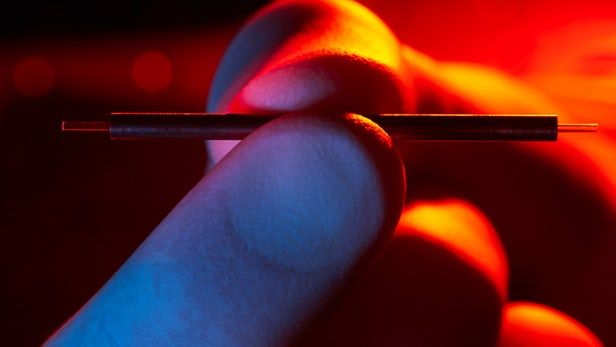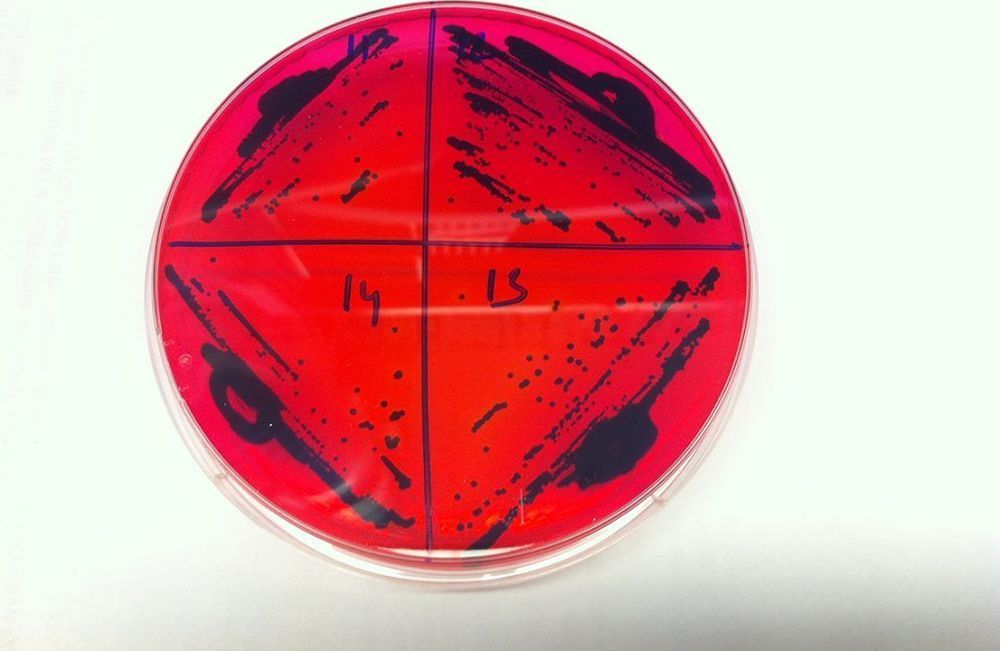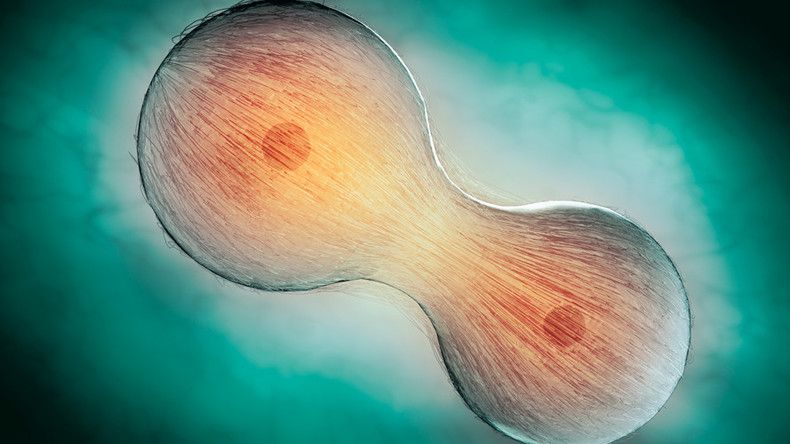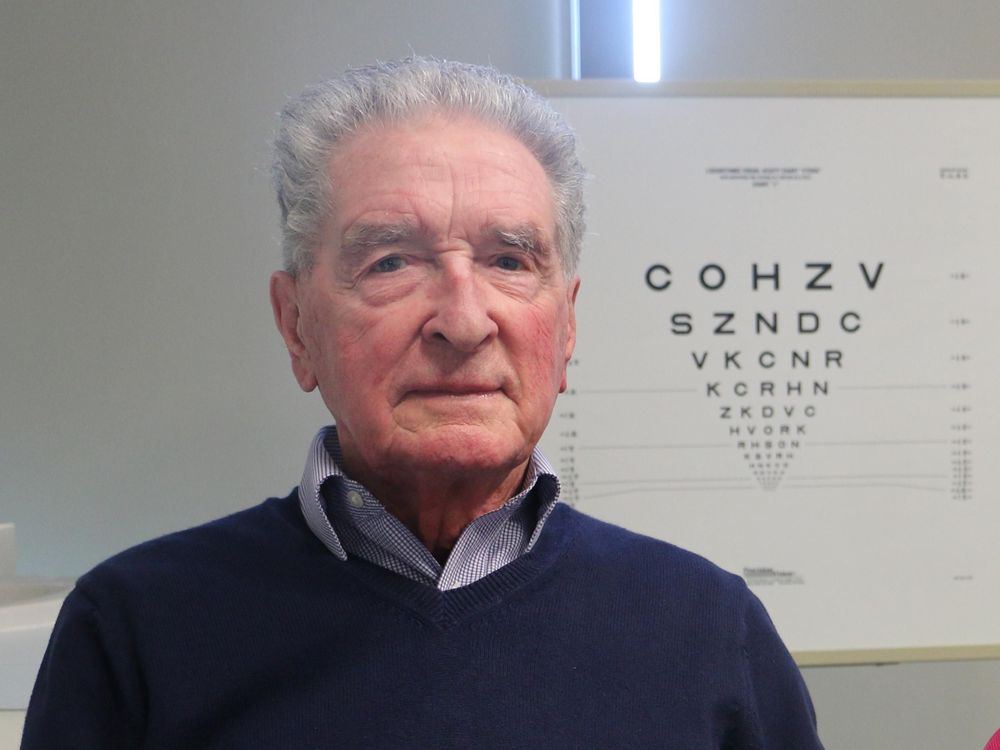Category: biotech/medical – Page 2,641

Terahertz radiation to enable portable particle accelerators
Researchers at MIT in the US and DESY (Deutsches Elektronen-Synchrotron) in Germany have developed a technology that could shrink particle accelerators by a factor of 100 or more. The basic building block of the accelerator uses high-frequency electromagnetic waves and is just 1.5 cm (0.6 in) long and 1 mm (0.04 in) thick, with this drastic size reduction potentially benefitting the fields of medicine, materials science and particle physics, among others.


Scientists Seek To Discover Why Some Minds Resist The Damage That Comes With Old Age
It’s called cognitive reserve, and it’s the phenomenon of the mind’s resistance to damage of the brain. It’s also the subject of not only an upcoming new data and biomedical sample resource, but also a related request for information (RFI) from the NIA and a first-of-its-kind workshop in September.
The push to study cognitive reserve in more depth across the scientific disciplines was born out of recommendations from the Cognitive Aging Summit III. Some 300 researchers attended the summit in Bethesda, Maryland in 2017. Coordinated by the NIA of the National Institutes of Health (NIH) and supported by the McKnight Brain Research Foundation, the summit centered on age-related brain and cognitive changes, with a particular focus on issues related to cognitive resilience and reserve. According to the NIA, investigators from around the world delivered presentations and engaged in discussion “about some of the most important scientific questions relating to the biological, physiological, social and behavioral aspects of reserve and resilience in aging individuals. Attendees also discussed strategies to preserve and bolster cognitive function during aging.”

NCSU scientists find antibiotic resistant Salmonella; new outbreak hits 62 people in US
Researchers from North Carolina State University have found a gene that gives Salmonella resistance to antibiotics of last resort in a sample taken from a human patient in the U.S. The find is the first evidence that the gene mcr-3.1 has made its way into the U.S. from Asia.
The news comes as a new Salmonella outbreak has hit the US, leaving 62 people ill across eight states.
There are more than 2,500 known serotypes of Salmonella. In the U.S., Salmonella enterica 4,[5],12:i:- ST34 is responsible for a significant percentage of human illnesses. The drug resistance gene in question – known as mcr-3.1 – gives Salmonella resistance to colistin, the drug of last resort for treating infections caused by multidrug-resistant Salmonella.


Soldiers’ Art: What traumatic brain injury feels like
Active-duty military members suffering from PTSD and traumatic brain injuries made these masks in an art therapy group at the National Intrepid Center of Excellence, located at the Walter Reed National Military Medical Center in Bethesda, Md.
This mask was created by an Airman who was exposed to multiple blast injuries in combat while working on a bomb disposal unit, called EOD — Explosive Ordnance Disposal. The mask incorporates the laurels, shield, and lightning bolts of the EOD insignia.
Credit: Chris Albert


2029: The Year Humanity Has Become a Race of the Immortals
We’re now rapidly approaching a pivotal moment in the history of this planet, when through scientific discovery an intelligent species could become a race of demigods, THE RACE OF THE IMMORTALS.
It’s quite achievable now. In fact, that will probably happen in two stages: First stage — we have to extend our lifespan with ever-improving Biotechnology. Aging is declared a desease, and around 2029, with the advances in Nanotechnology and Artificial Intelligence, we will be able start to reverse aging and add more than one year every year to an average life expectancy.
So if you’re alive in 2030, chances are you’ll live to 100 and beyond. What life would be like on the other side, when you know you can live indefinitely long? Well, we’ll get used to it and adjust accordingly. We’ll merge into the Global Brain, and emerge as the Global Mind.